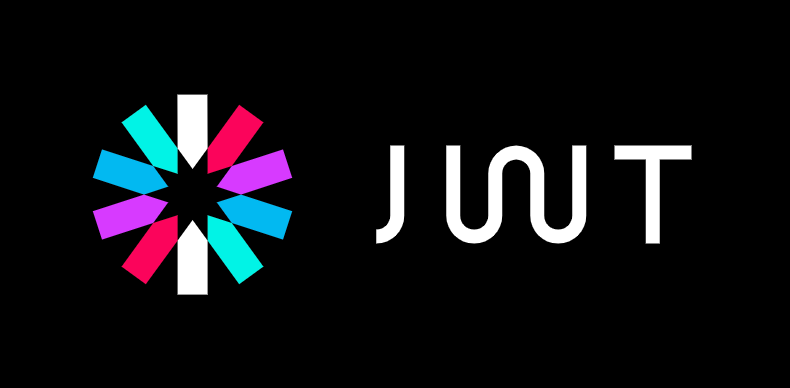
Session, Cookies, Token, OAuth, JWT
Here’s a table summarizing the characteristics of session, cookies, tokens, OAuth, and JWT on the web:
| Characteristic | Session | Cookies | Token | OAuth | JWT |
|---|---|---|---|---|---|
| Purpose | To maintain user state and data on the server. | To store small pieces of data on the client-side. | To represent user identity and permissions. | To provide secure authorization for third-party applications. | To encode claims in a compact, self-contained manner. |
| Storage Location | Server-side | Client-side | Typically server-side, but can be used on the client as well. | Server-side (authorization server) | Typically client-side, but can be used on the server too. |
| Data Persistence | Persistent until the session ends or times out. | Persistent with expiration, unless deleted by the client. | Temporary and can be short-lived or long-lived. | N/A | Stateless; self-contained with expiration. |
| Security | Vulnerable to session hijacking and fixation attacks. Requires secure implementation. | Vulnerable to cross-site scripting (XSS) attacks. Requires secure implementation and proper SameSite and Secure flags. | More secure due to short lifespan and randomization. | Provides secure delegation of authorization. | Secure, as long as the signature is not compromised. |
| User Identification | Typically stores a session ID on the client as a cookie, while user data is stored server-side. | May store user-specific information or preferences on the client. | Represents user identity and can contain user attributes or roles. | Authorizes third-party applications to access user data. | Contains user claims and information in a token format. |
| Authentication | Requires initial user authentication (e.g., login) to create a session. | Usually not directly related to authentication but can store an authentication token. | Created after user authentication and can be used for subsequent authorization. | Relies on OAuth authorization process for authentication and authorization. | Typically does not handle authentication itself. |
| Token Format | N/A | N/A | Typically in the form of JSON Web Tokens (JWT). | N/A | JWT (JSON Web Token) |
| Use Cases | Used for maintaining user sessions, shopping carts, and server-side state. | Used for remembering user preferences, tracking user behavior, and implementing user-specific features. | Used for authentication, authorization, and passing user data between services. | Used for third-party application authorization without exposing user credentials. | Used for securely transmitting claims between parties, often for authentication and authorization purposes. |
Explanation of Characteristics:
-
Purpose: Describes the primary use or function of each technology.
-
Storage Location: Indicates where the data associated with each technology is stored.
-
Data Persistence: Explains how long the data associated with each technology typically lasts.
-
Security: Highlights common security considerations and vulnerabilities associated with each technology.
-
User Identification: Describes how each technology is used for identifying users or clients.
-
Authentication: Explains whether the technology plays a role in user authentication.
-
Token Format: Specifies the format of the token used (if applicable).
-
Use Cases: Provides examples of typical use cases for each technology.
Keep in mind that these technologies often work together in web applications to provide various aspects of user authentication, authorization, and state management. The choice of which to use depends on the specific requirements of the application.